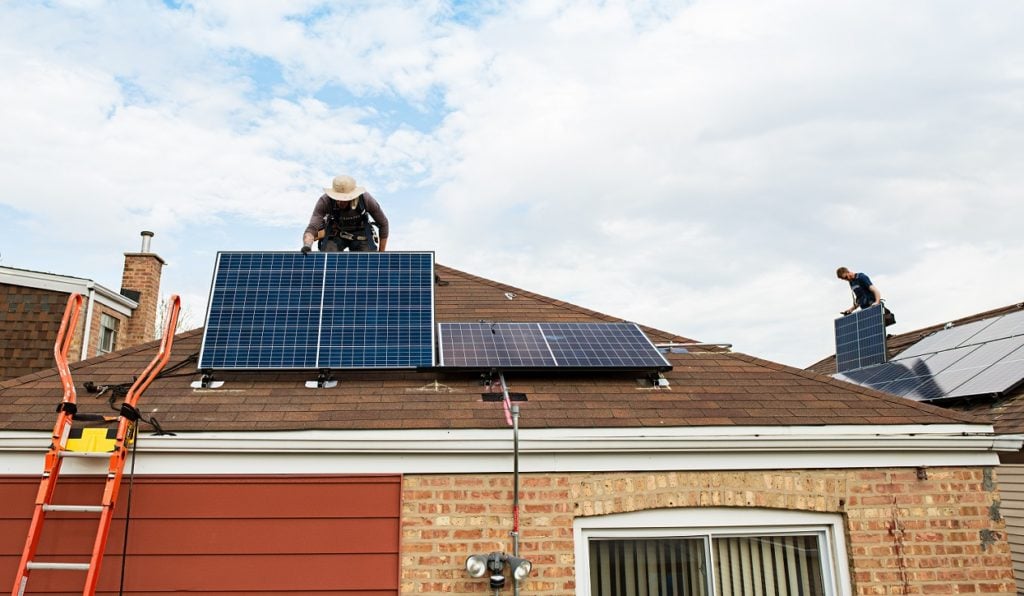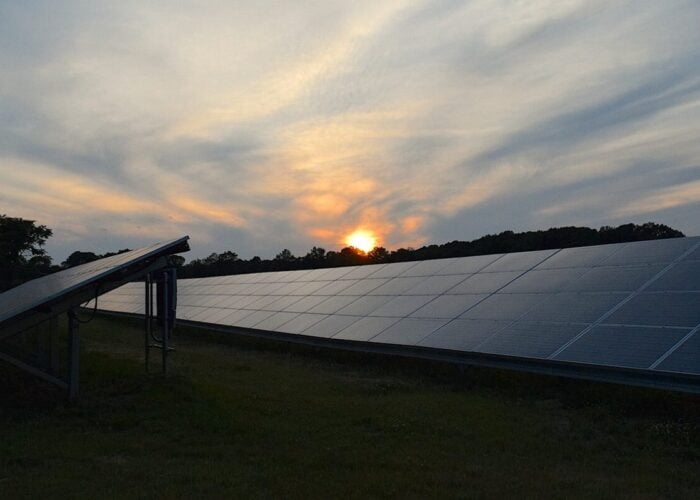
US residential solar installer Sunrun says it has positioned itself to continue generating strong financial returns after the passing of the “One Big, Beautiful Bill”.
The company has quickly shifted its focus from residential solar systems to storage, stating in its presentation of the Q2 2025 results that “Sunrun is a storage-first company” and reached a 70% storage attachment rate in Q2 2025, up one percentage point from the previous quarter.
Try Premium for just $1
- Full premium access for the first month at only $1
- Converts to an annual rate after 30 days unless cancelled
- Cancel anytime during the trial period
Premium Benefits
- Expert industry analysis and interviews
- Digital access to PV Tech Power journal
- Exclusive event discounts
Or get the full Premium subscription right away
Or continue reading this article for free
“While there were a few twists and turns in the process that led up to the budget bill, the ultimate legislation is something that will encourage the continued build out of dispatchable energy. Sunrun is well positioned to continue to generate strong financial returns under the enacted legislation,” said Mary Powell, Sunrun CEO.
Powell added that despite Section 25D tax credits, affecting the residential solar sector, will sunset at the end of the year, the company primarily benefits from the Section 48E commercial investment tax credits. This is because almost all new customers (94%) are subscribers and that these credits are still in place until 2028 for solar PV and through 2033 for energy storage.
“While the sunset of the 25D homeowner tax credit could lead to large declines for a segment of the market in certain geographies, Sunrun is positioned to continue to grow margins and volumes into 2026,” added Powell.
According to recent research from analyst Wood Mackenzie, the removal of 25D tax credits for residential solar systems in the US will likely lead to a slowdown in deployment in the coming years. WoodMac predicted that in the long-term, the US residential market will adapt and by 2028 the market growth will resume, even under a worst-case scenario.
Nearly one million subscribers
During Q2 2025, Sunrun registered a total revenue of US$569.3 million, up 9% from the same period a year ago. The increase in revenue came from customer agreements and incentives, which generated US$458 million, an 18% increase from Q2 2024. Meanwhile, the company’s solar energy systems and product sales dipped by 18% year-over-year, with revenues of US$111.3 million in Q2 2025.
The company’s subscriber growth continues, with 28,823 new subscribers in Q2 2025, a 15% increase from the same period a year ago. This brings the total number of subscribers to more than 940,000 at the end of June 2025, a 14% growth compared to the same period in 2024.
With Sunrun shifting to a storage-first strategy, the installation of storage capacity grew by 48% in Q2 2025 compared to Q2 2024 with 392MWh. Added solar PV capacity also increased year-on-year by 18% with 227MW added in Q2 2025.
Home-to-grid distributed power plant operator
The company expects to surpass 10GWh of operational dispatchable capacity by 2029. By the end of Q2 2025, it had 17 active programmes, with more than 71,000 customers – representing a 300% year-over-year growth – subscribed to grid service programmes who contributed 354MW of power delivered during dispatches over the last year.
One of its virtual power plants (VPPs) programme in California, CalReady, more than quadrupled its size from 2024, as covered by our sister-site Energy-storage.news. In May 2025, the company had nearly 75,000 residential battery installations in the CalReady VPP programme providing energy to the grid when demand is high. In June of this year, the programme dispatched up to 325MW of capacity during evening peaks in California.
“We have transformed the business to be a provider of energy resilience for homeowners, and a formidable independent power producer, now with more than 3GWh of dispatchable energy from our fleet of home batteries and nearly 8GW of solar generation capacity,” said Powell.
Moreover, in Puerto Rico, Sunrun’s home-to-grid distributed power plants contributed to avoid blackouts last month when centralised fossil fuel generation plants failed to generate enough capacity to meet demand.






